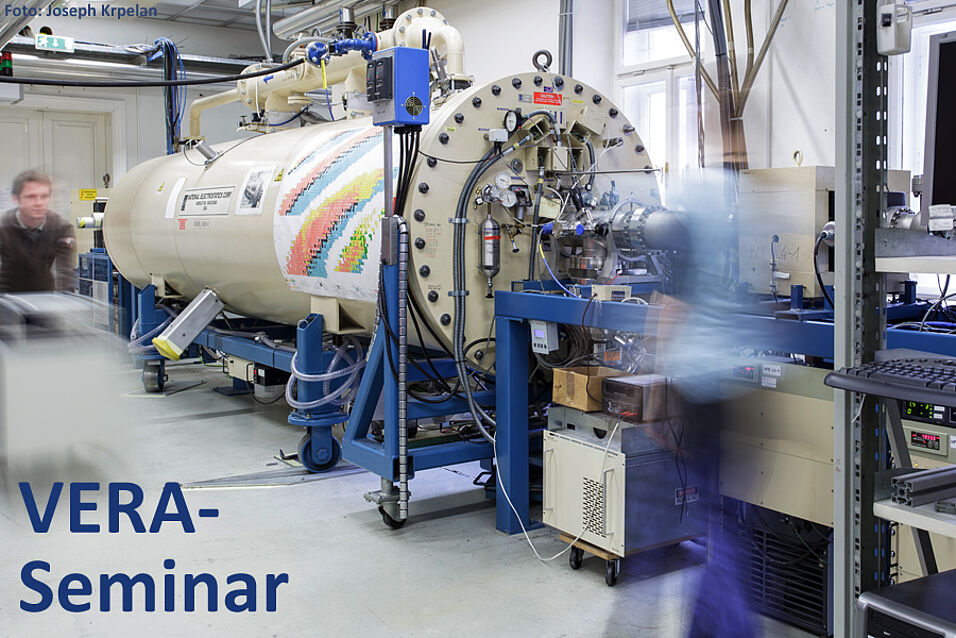Various 14C excursions apparently caused by an increase of incoming cosmic rays on a short time-scale found in the Late Holocene have generated widespread interest and have been reproduced in many different tree-ring records (Miyake et al. 2012, 2013 2017; Büntgen et al. 2018). The excursions at 774-775 AD and 993-994 AD are well-documented but with an increasing number of studies using annual 14C analysis a range of new structures are being revealed. This includes rapid increase events such as at 660 BC (Park et al. 2017) and 3372 BC (Wang et al. 2018) likely due to extreme solar proton events (SPE). However, other types of changes in 14C production seem more likely the result of other solar processes, such as around 5480 BC (Miyake et al. 2017), and in the sixteenth century BC (Pearson et al. 2018) and 815 BC (Jull et al. 2018).
A diverse range of processes have the potential to affect cosmic-ray flux, including solar events, gamma-ray bursts, geomagnetic shifts and supernova. While research on the latter has proved inconclusive so far, such studies are providing a wealth of new information through which to characterize new ‘events’ in 14C structure and to begin to understand the processes behind them.
This research has much modern relevance in terms of understanding solar-climate forcing as well
as the potential damages to technology brought about by events such as solar flares. These effects
are also highly relevant to dating using the current international radiocarbon calibration curve
based on decadal data.
A. J. Timothy Jull (USA, Hungary): Annual carbon-14 variability in tree-rings: Causes and what does this mean for the calibration curve?
Location:
Victor-Franz-Hess-Hörsaal, Währinger Str. 17, 1. Stock Kavalierstrakt
Verwandte Dateien
- Jull_11-04-2019.pdf 22 KB

